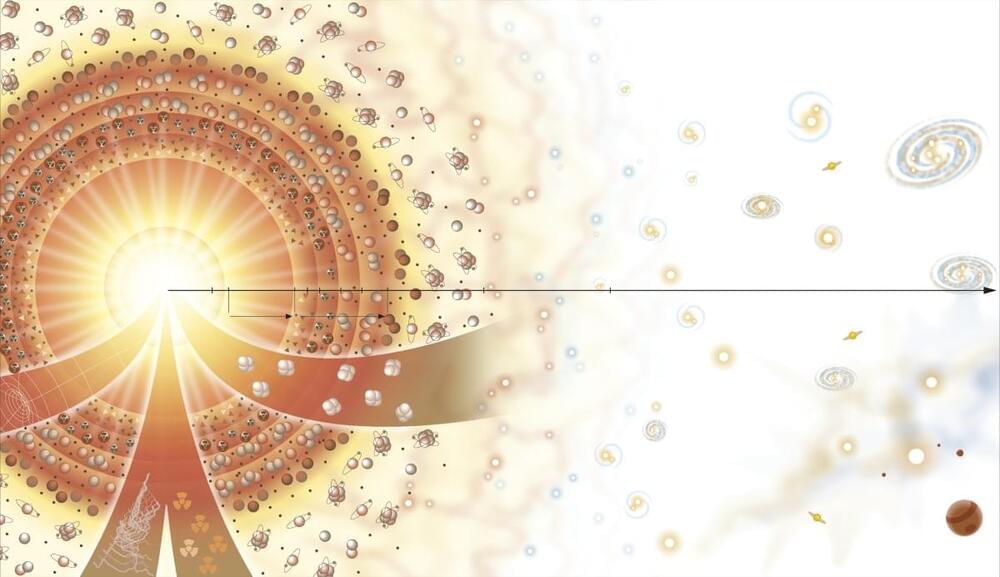Physicists have proposed a new theory: in the first quintillionth of a second, the universe may have sprouted microscopic black holes with enormous amounts of nuclear charge.
For every kilogram of matter that we can see — from the computer on your desk to distant stars and galaxies — there are 5kgs of invisible matter that suffuse our surroundings. This “dark matter” is a mysterious entity that evades all forms of direct observation yet makes its presence felt through its invisible pull on visible objects.
Fifty years ago, physicist Stephen Hawking offered one idea for what dark matter might be: a population of black holes, which might have formed very soon after the Big Bang. Such “primordial” black holes would not have been the goliaths that we detect today, but rather microscopic regions of ultradense matter that would have formed in the first quintillionth of a second following the Big Bang and then collapsed and scattered across the cosmos, tugging on surrounding space-time in ways that could explain the dark matter that we know today.









Leave a reply